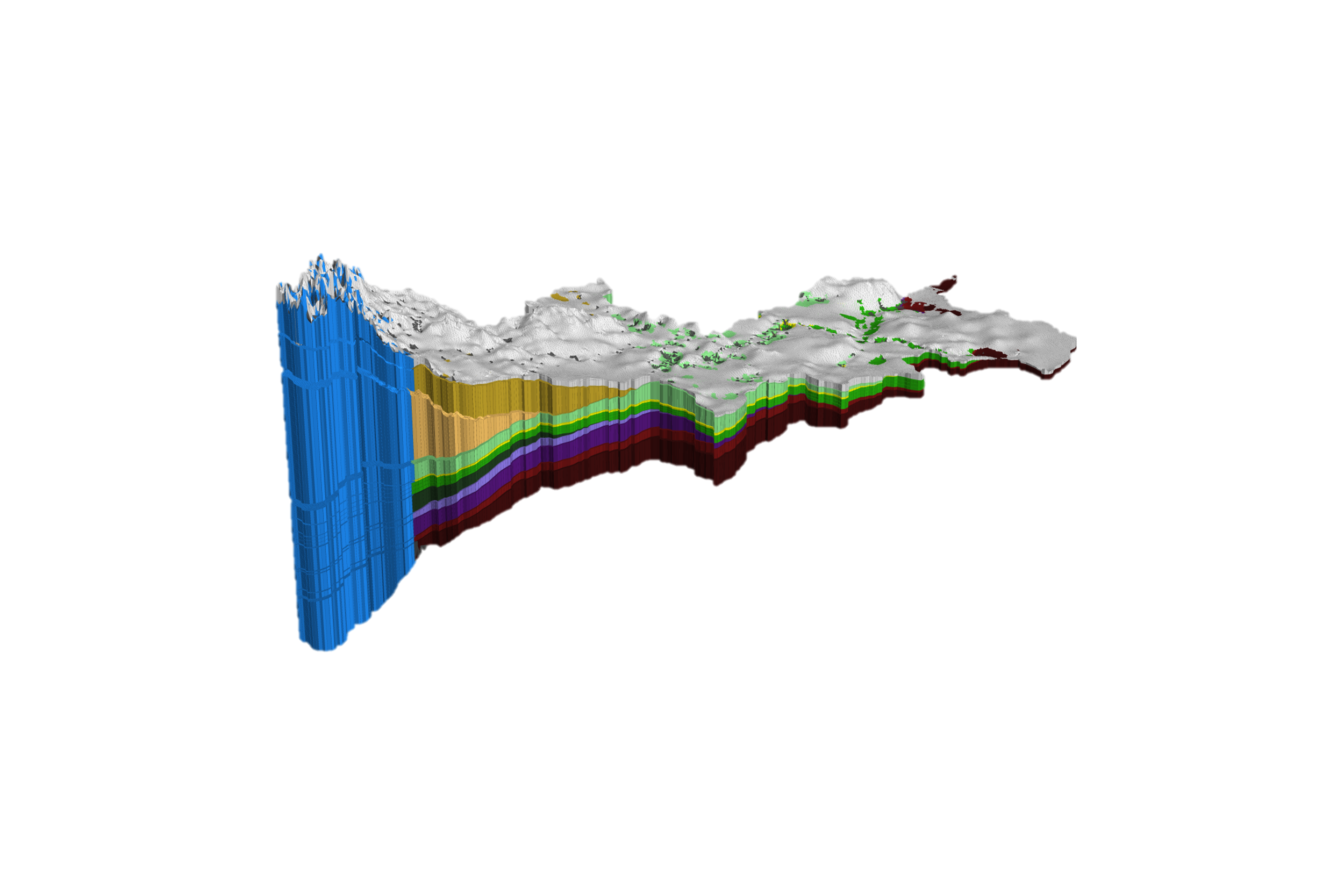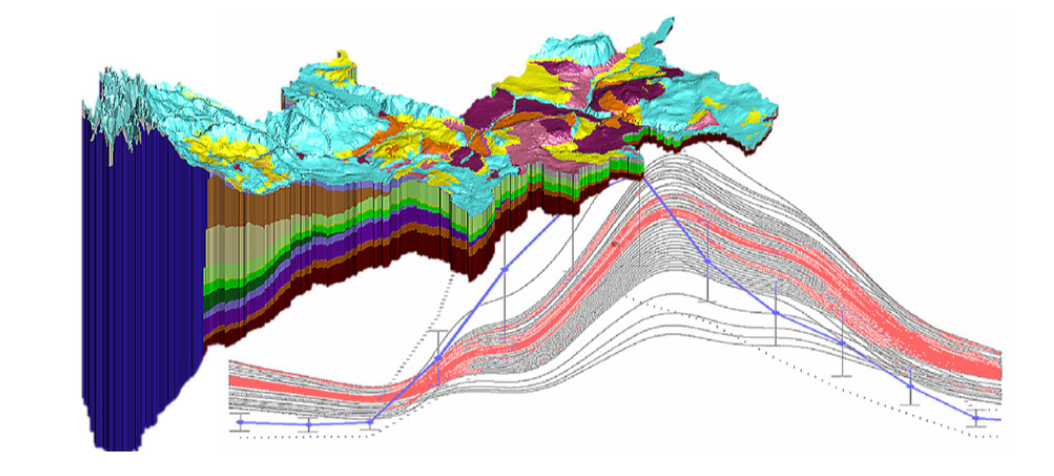
Climate Change Impact Analysis for Water Resources Management
Traditional hydrologic modelling techniques require considerable historical observation data to produce a relationship between meteorology and hydrology. However, under a changing climate, these historical relationships are becoming less reliable. An integrated approach to coupling climate and hydrologic sciences is critical to securing water resources in an uncertain future, requiring a comprehensive understanding of the interdependence between atmospheric and terrestrial components of the water cycle.
Aquanty’s physics-based approach to modelling both climate and hydrologic systems reduces the uncertainty inherent in statistical hydro-climatic modelling as climatic drivers drift further from historical norms.
Benefits
Support climate adaptation plans
Improve resilience to extreme weather
Scenario analysis & historical reanalysis of events
Reduce uncertainty through a physics-based approach
Incorporate regional climate drivers (lakes & mountains)
Aquanty’s physics-based approach to modelling atmospheric processes and integrated hydrology reduces the uncertainty inherent in statistical approaches to environmental simulations.
Leverage the strengths of machine learning techniques and large climate projection ensembles for flood forecasting, drought impact analysis and for historical reanalysis of regional climate/hydrology.
Fully integrated hydrologic modelling can be used to simulate watershed hydrology across the full spectrum of climatic conditions from severe drought to extreme floods.
Our user-friendly decision support systems provide decision makers, policy analysts and planners the tools they need to understand climate risk and develop actionable mitigation strategies.
Direct coupling of atmosphere and integrated hydrologic models provide a robust framework for custom scenario analysis to improve resilience to extreme weather events.
Support climate adaptation with advanced atmospheric and land surface model coupling to simulate land changes like permafrost retreat, snow depth and density projections.
Featured Projects
Aquanty has pioneered the ambitious Canada1Water initiative, leveraging the full range of our climate, land-surface and integrated hydrologic modelling capabilities to evaluate climate change impacts on ground and surface water sustainability across continental Canada and place water resources modelling and decision support tools in reach of all Canadians.
Canada1Water: A Continental Scale Analysis of Climate Change Impacts On Surface Water, Groundwater, and Seasonal Soil Moisture Conditions
The analysis considers physical drivers of climate specific to the Canadian landscape, like mountain ranges, lakes and permafrost, providing decision makers and policy planners the tools to develop effective climate change adaptation strategies. As a federally funded initiative, the C1W project provides an open-access data and modelling framework to support every Canadian community.
Climate Change Impact Analysis using HydroGeoSphere
As climate patterns shift beyond historical norms, traditional data becomes less reliable for hydrologic studies. HydroGeoSphere offers a physics-based approach that’s ideal for simulating climate change impacts— especially in data-scarce regions— providing realistic, science-driven insights into future water resource behavior.
In this webinar, Aquanty climate scientist Dr. Andre Erler outlines key considerations for effective climate impact modelling using HydroGeoSphere.
Grand River Watershed Climate Analysis:
“The first study of its kind to couple dynamically downscaled climate projections with a fully integrated hydrologic model in order to assess climate change impacts on groundwater and soil moisture in a region where the local climate is heavily affected by major surface water bodies.”
— Erler, A.R. et al (2019)
Dog Lake Climate and Land Use Study:
In partnership with Duck's Unlimited Canada, Aquanty developed an advanced integrated hydrologic model was constructed to support a land-use planning analysis and evaluate how wetland management scenarios can maintain summer baseflow throughout the Dog Lake watershed. Dog Lake is one small part of Ontario’s network of hydroelectric infrastructure.
Modelling the Impact of Climate Change in the Athabasca River Basin:
Aquanty partnered with the Canadian Oil Sands Innovation Alliance (COSIA) to model how climate change could impact the hydrology of Alberta’s Athabasca River Basin. Our high-resolution study predicted hotter, wetter conditions by century’s end—suggesting continued water availability to support reclamation efforts, wetlands, and the boreal ecosystem. This kind of modelling helps industry prepare for future climate extremes and ensure sustainable operations.

Let our experts guide you through our cutting-edge technology and demonstrate how our services can address your specific needs.





















